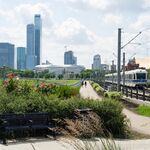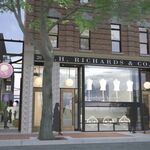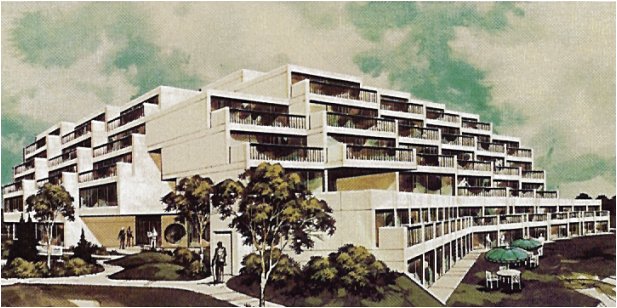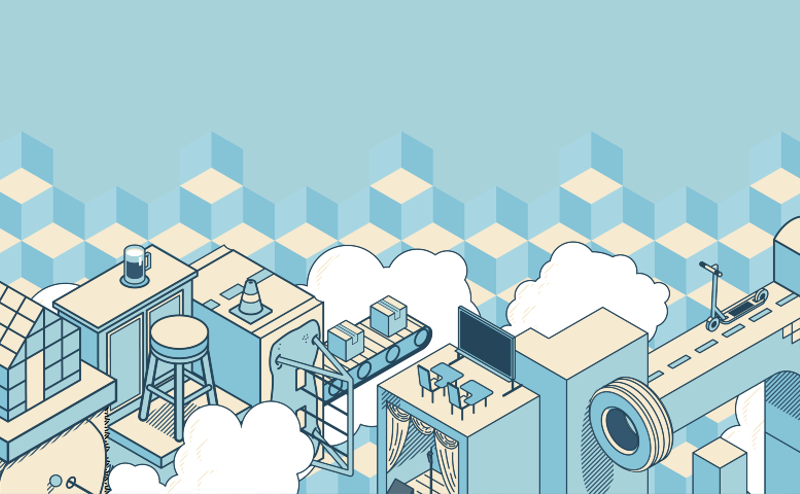Discussion at public hearings yesterday regarding a 4 unit and 3 unit row housing proposal on two lots in Hazeldean.
There was a petition of 43 homeowners opposing it, in large part, due to the already stressed street parking situation.
It's interesting, in the 70s Hazeldean had more than 5,000 residents council heard and now it's something like 3,600. And yet, people have more cars and residents don't want to give up their parking space for themselves and their guest in front of their home. What about your garage, one homeowner was asked. Apparently more people are using their garages for storage and not parking.
So there's less residents in the community, but parking is more of a squeeze because of more cars per household. I guess neighbourhood parking used to be regulated.
Coun. Knack talked about this as ongoing challenge in infill neighbourhoods where there is a growing issue of more parked cars for the streets.
He also highlighted that if the city was to build out to its borders in the northeast, southeast and southwest, it would result in a $1.4 billion loss to city due to the costs of building infrastructure- that's after revenues from property taxes. And that doesn't include ongoing operational costs of snow removal, providing transit, police, fire, libraries, rec, etc.








